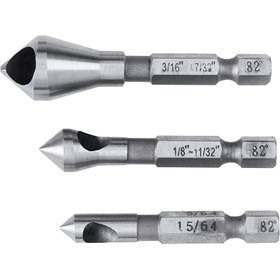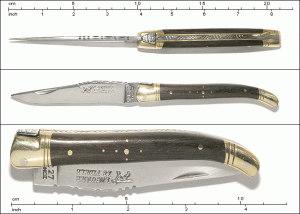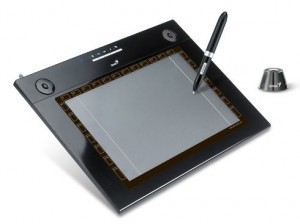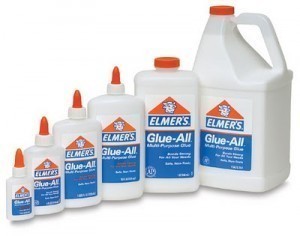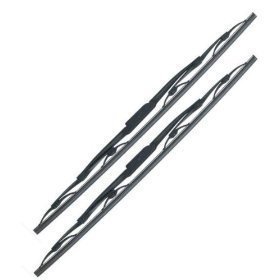Pipe Fitting Dimensions
Pipe fitting dimensions are in either metric or Standard English. Because pipe fitting covers 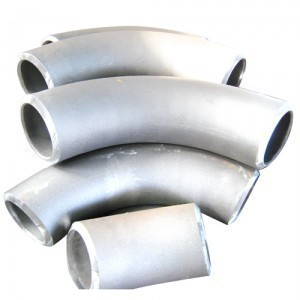 several aspects, only the most common pipe fitting sizes can be given here.
several aspects, only the most common pipe fitting sizes can be given here.
Pipe Fitting Dimensions – Metric and English Sizes
The metric sizes begin at 10mm (millimeters). These measurements commence as follows: 10mm-20mm, 20mm-30mm, 30mm-40mm, 40mm-50mm, 50mm-100mm. From 100mm it goes to 200mm and then from 200mm-500mm, 500mm-1000mm.
The Standard English use inches when measuring. The 2mm is equal to 1/16 inches (cap/plug). A 3 mm is equivalent to 1/8” (coupling). A 4 mm is equal to 3/16” cross/4 way and the 5 mm to ¼” elbow – 45.
Basic Aspects of Pipe Fitting Dimensions
The reason for so many pipe fitting dimensions is that fitting covers a very broad spectrum. Joining the pipes can be done in many ways including multi-port, offset and inline. Fitting of the cross sections is usually done in a circular manner.
The pieces are then linked together by way of special connectors or joints. These are used for draining, waste and for ventilation purposes.
Types of Pipe Fittings
Pipe fittings can be done in a variety of ways. Among the most common are compression fittings, pitless adapters, flexible couplings and 4 way fittings. There are also adapters, bulkhead fittings, caps and rigid fittings.
Elbows come in either 90 or 45 degree variants. There are also reducing elbows, expansion couplings and ferrules. Different pipe fitting sizes exist for end bells, flanges, plugs and nipples.
Other setups will require offset fittings, side outlet elbows, concentric reducers and returns. Depending on the construction setup, standard tees, wyes, unions or bullhead tees will be used. Other pipe fittings make use of a swivel. Not all of these features will be used in a design.
Schedule Numbers
The schedule numbers are used by the ANSI (American National Standards Institute) to denote wall thickness. The schedule numbers encompass all pipe dimensions beginning at NPS 1/8” up NPS 36”. Note that this configuration is only for fittings that match with a particular ANSI schedule number.
Shapes and Materials
Aside from pipe fitting sizes, shapes and materials play an important role in pipe fitting. Most common shapes are round and square. There are also rectangular and oval types. The materials vary a great deal.
Among the most widely used are bronze, ABS, carbon and ceramic. Vitrified clay, EPDM, fiberglass fluororesin and cast iron are also commonly used.
Gray iron, lead, ductile and neoprene are used in some projects. Some builders like to use polymade, polypropylene or elastomer. Various forms of steel (stainless, alloy etc) can be employed as well. Titanium and rubber can be utilized too.
Several materials can be used for the fitting ends too. These include the male straight head, the male pipe thread and the flare. The socket, female pipe thread, compression fitting, groove, rib or clamp end can be used as well. Some of the materials can be lined or insulated.
While this should not be surprising given its vital functions, pipe fitting dimensions are numerous enough, but as you can see there are plenty more choices to be made.
